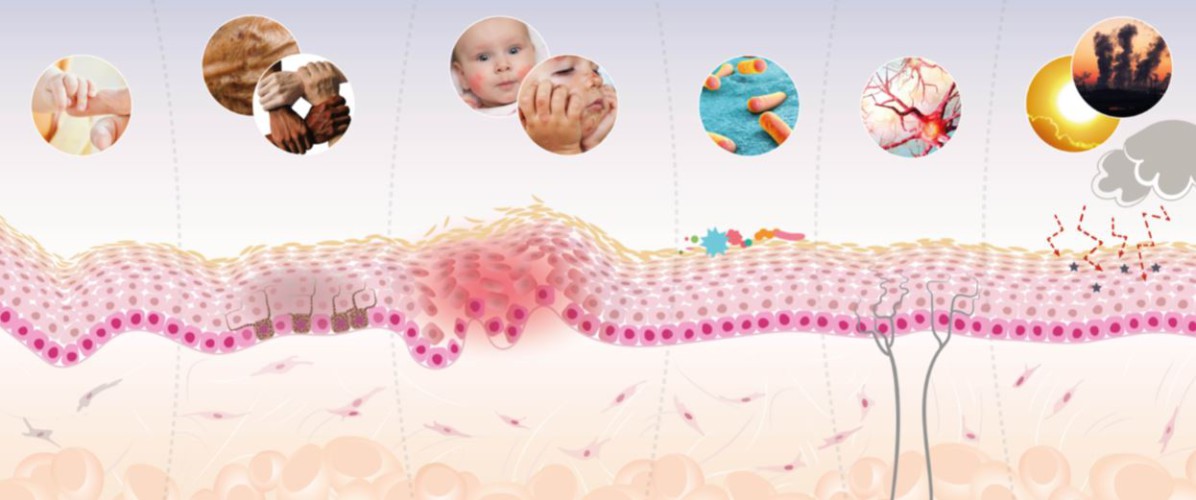The cosmetics industry is constantly looking for innovations, changing and integrating new trends at a very fast pace. Each new project is therefore a terrific challenge.
As a leader in in vitro efficacy testing of dermo-cosmetic products, StratiCELL demonstrates an ability to adapt to the specific needs of each project. Its unique expertise of more than 15 years in this field, allows StratiCELL to offer integrated solutions, ranging from the development of in vitro skin models to the identification of marketing claims as well as the study of biological activities and mechanisms of action.
StratiCELL is continuously developing new methods and models to support original claims that will add value to the products. Here are four recent approaches from our innovation process:
- Many people complain about abnormal sensory symptoms and their reactivity to environmental factors and cosmetics. StratiCELL, in collaboration with Neuron Experts, has developed an innovative 3D model based on a co-culture between a reconstructed epidermis and human sensory neurons, which makes it possible to study the influence of ingredients or formulated products on processes involving the nervous system and contributing to a soothing skin;
-
Age spots, also called solar lentigines, are small dark areas on the skin that are very common in adults over 50 years old. StratiCELL has developed a 3D epidermis model of age spots based on the role of specific growth factors to induce hyperproliferation and hyperpigmentation of the epidermis;
-
A majority of the population is at risk for atopic skin. The causes are multiple but often involve barrier disruption and inflammatory response evolving differently depending on the type of immune T cells that differentiate according to their environment (Th2, Th17). StratiCELL has developed a panel of in vitro 3D skin models to cover inflamed skin (PMA, LPS, UV & pollutants), atopic dermatitis and psoriasis. These in vitro models are fully characterized and effectively reproduce the characteristics of sensitive skin and the morphological and functional aspects associated with a disrupted epidermal barrier;
-
The skin microbiome is undeniably an essential element to take into account in the design of skincare products. StratiCELL researchers began to study the interactions between the skin and its microbiota. To do this, they have set up a cutaneous microbiology laboratory and are working on the integration of microbiological components to the in vitro 3D skin models in order to propose innovative approaches such as the study of prebiotic or probiotic formulas on the bacterial ecosystem or, in the near future, the modelling of pathologies related to a disequilibrium of this ecosystem.










 Follow us on Linkedin!
Follow us on Linkedin!
You must be logged in to post a comment.